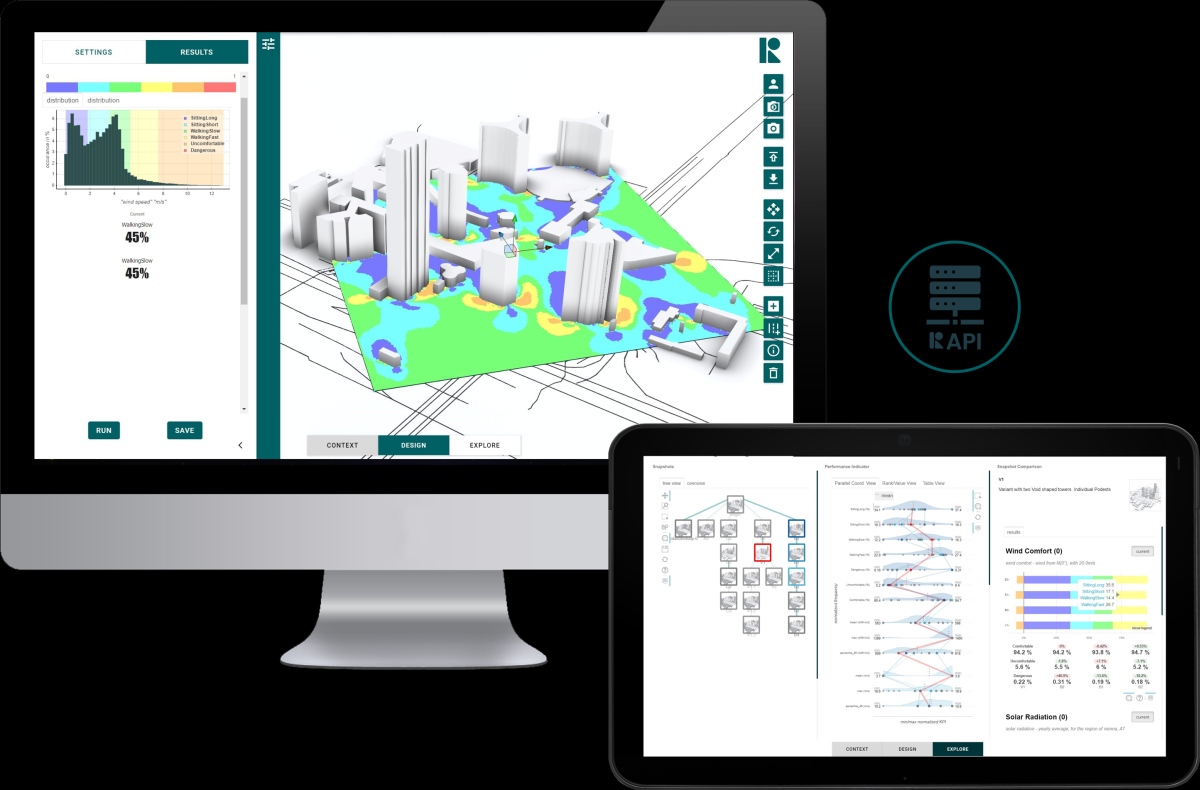Infrared City

Infrared.city is a platform for intelligent and resilient architecture and construction design powered by Artificial Intelligence. Using simulation prediction models, infrared.city can deliver simulation results at a fraction of the computational time and financial cost. Their state of the art machine learning models provide real-time feedback on the performance of design proposals and can guide climate informed decisions at every step of the process.
xista team

Environmental simulations for the urban environment play a key role in understanding the impact of the rapid urbanization in the climate of our cities. With the current urbanization rate, 70% of the population is expected to live in cities by 2050. To accommodate the urban population’s needs we will need to build thirteen thousand buildings per day by then. At the same time, buildings are responsible for 40% of all greenhouse gas emissions globally. Architects, urban planners, developers, policy makers and municipalities need to be able to assess and provide resilient solutions for urban development, however, environmental simulations are computationally demanding, time consuming, and need deep technical expertise.
Infrared makes climate simulations accessible, affordable, and simple to use. Infrared’s AI models are trained on large simulation data sets with thousands of simulation results from hundreds of different cities to predict the environmental performance of buildings in a fraction of the actual simulation time and with minimal computational cost. Users can continue to design in their usual CAD environment, while receiving instant and continuous guidance throughout the design phase. The software provides real-time feedback on quality indicators such as solar, sunlight and wind performance and many more.
The company has spun out of the City Intelligence Lab of the Austrian Institute of Technology (AIT).
We decided to invest, as Infrared City has the potential to provide the necessary understanding for an urgently needed rethinking of urban planning and design towards resilience. Especially in the light of climate change, decision makers need better simulation results at a fraction of the computational and financial cost. The company’s open integration approach makes it a unique and scalable opportunity for environmental simulations and aims to bring such simulations to market segments previously unable to afford them.